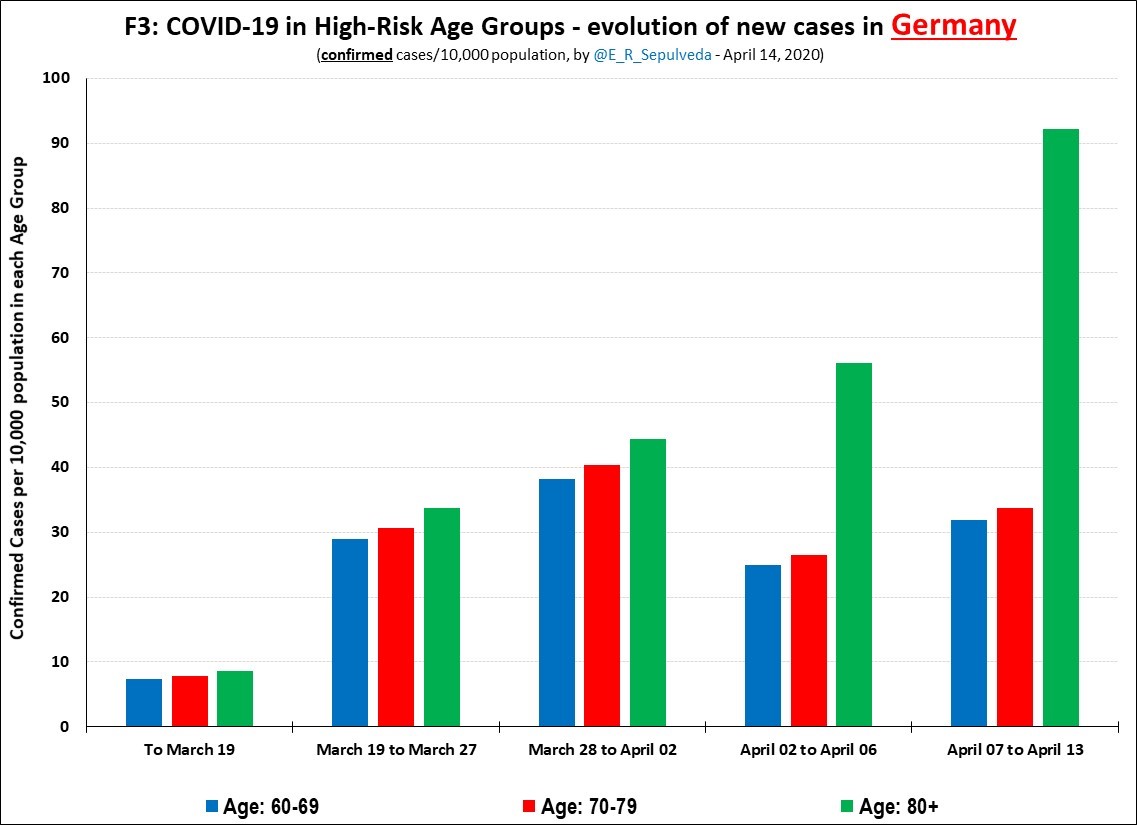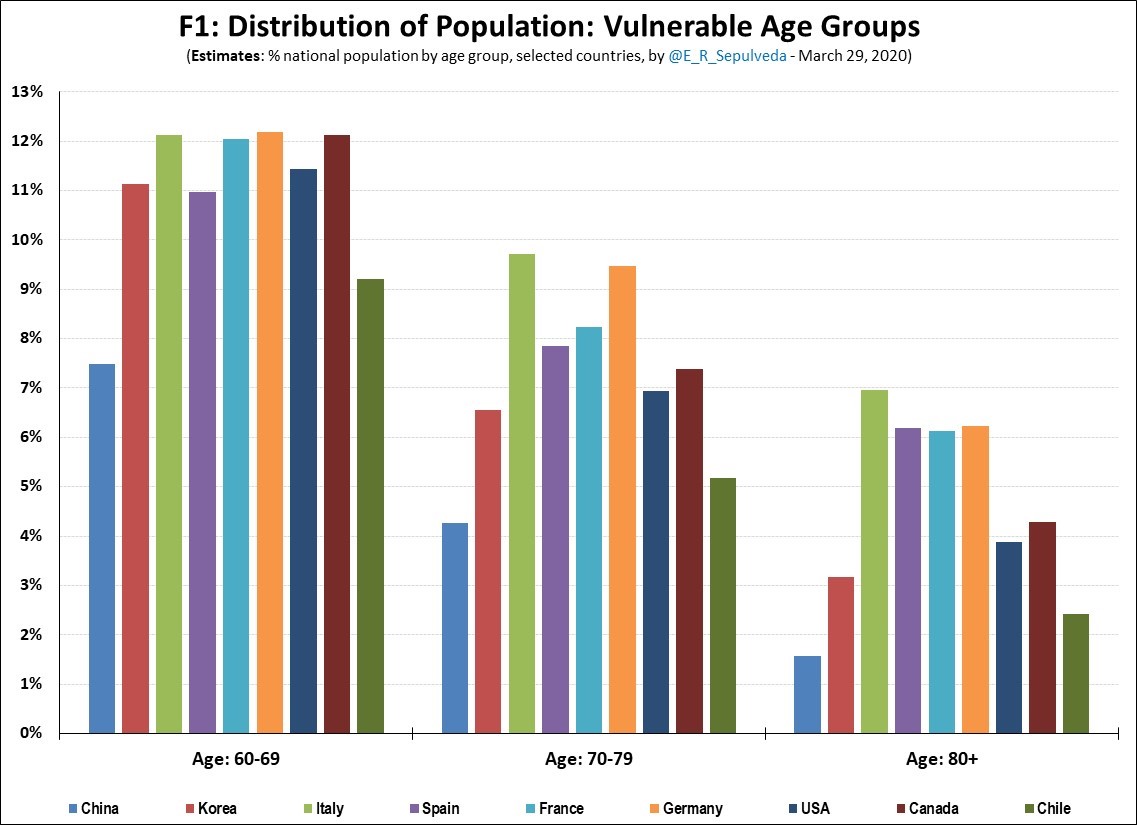
1/n. Who can be opposed to "energy democracy", right?
When writing my 2018 @ccpa article on the Ontario, Canada electricity reforms, I wanted to explore whether the now-revoked Green Energy Act (GEA) had "democratized" electricity supply.
policyalternatives.ca/publications/m…
When writing my 2018 @ccpa article on the Ontario, Canada electricity reforms, I wanted to explore whether the now-revoked Green Energy Act (GEA) had "democratized" electricity supply.
policyalternatives.ca/publications/m…
2/n. Cost side of GEA ledger is known (+prices, +budgets, etc.), but could we add "democracy" to benefits side?
Gov't promoted GEA based on Germany, where 50% RE contracts are co-ops+.
In prepping for @Dr_Keefer episode, looked for updated Ontario %
anchor.fm/chris15401/epi…
Gov't promoted GEA based on Germany, where 50% RE contracts are co-ops+.
In prepping for @Dr_Keefer episode, looked for updated Ontario %
anchor.fm/chris15401/epi…
3/3. Data hard to come by; in 2018 I estimated 5% RE contracts were coops.
New PhD calculates only 3.3%, stating "GEEA turned out to be a failure on energy democracy front, continuing...corporate welfare"
So no, the GEA did not "democratize" the grid...
tspace.library.utoronto.ca/handle/1807/10…
New PhD calculates only 3.3%, stating "GEEA turned out to be a failure on energy democracy front, continuing...corporate welfare"
So no, the GEA did not "democratize" the grid...
tspace.library.utoronto.ca/handle/1807/10…
@threadreaderapp unroll
• • •
Missing some Tweet in this thread? You can try to
force a refresh






